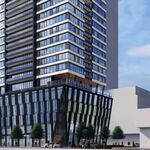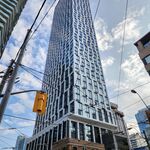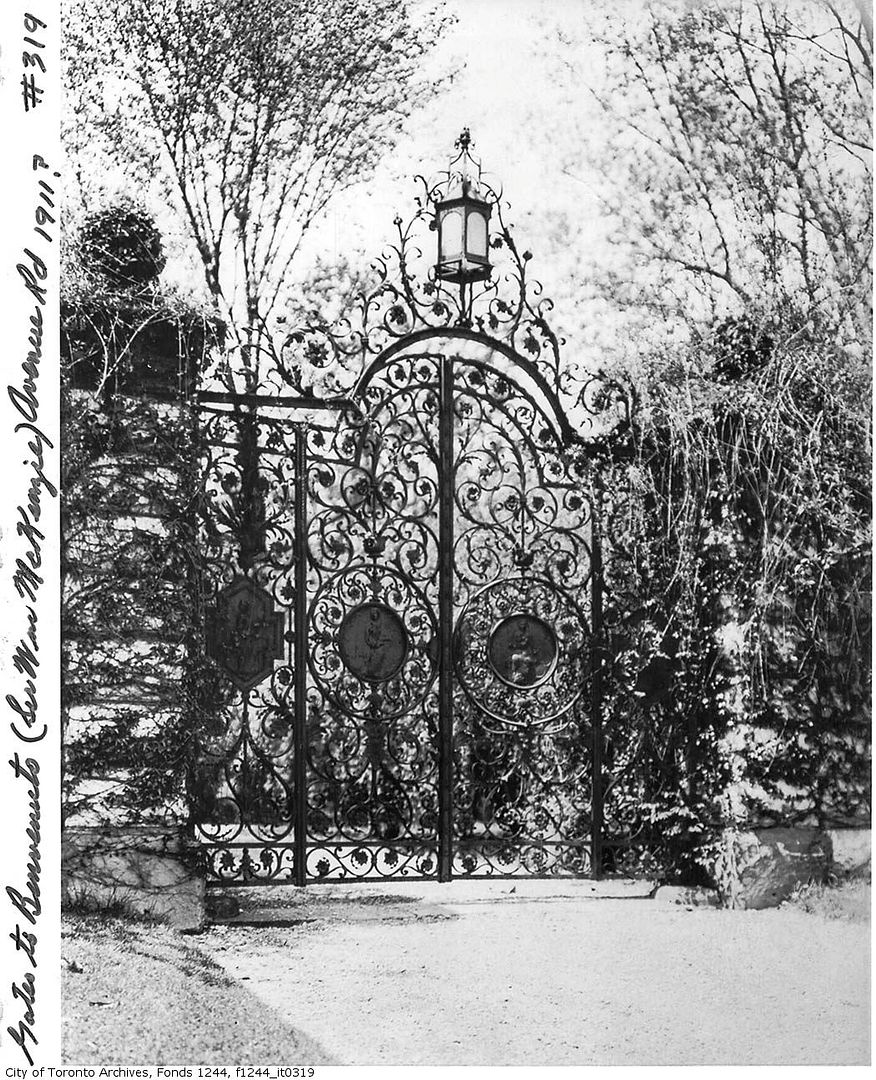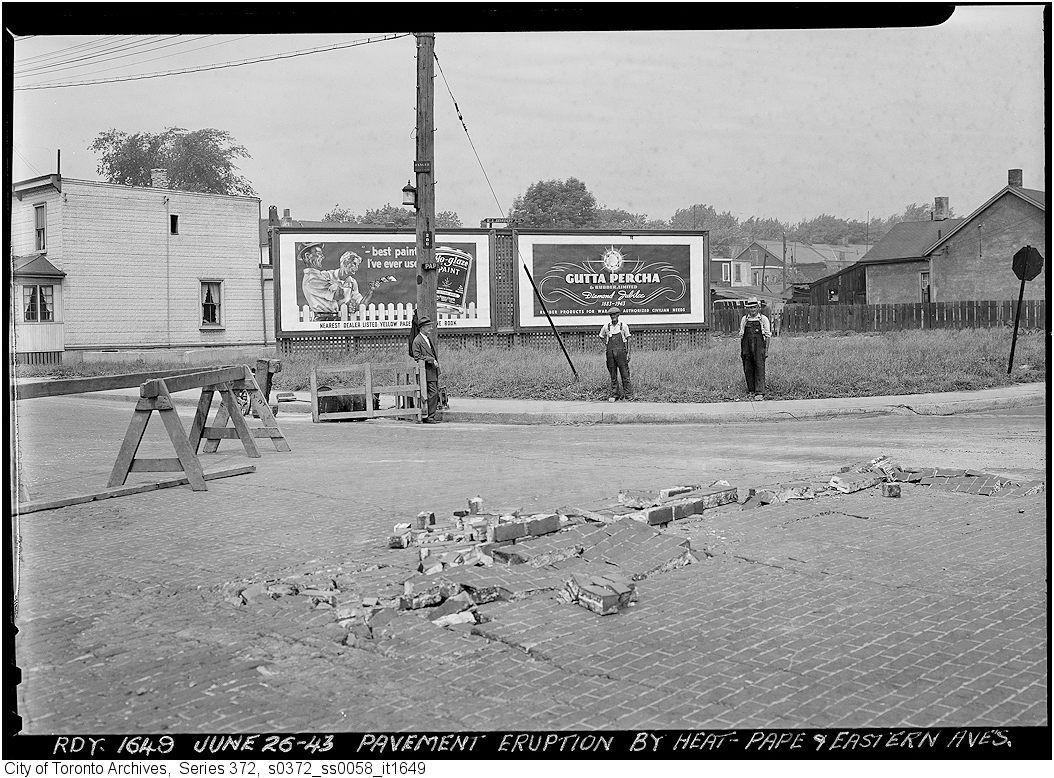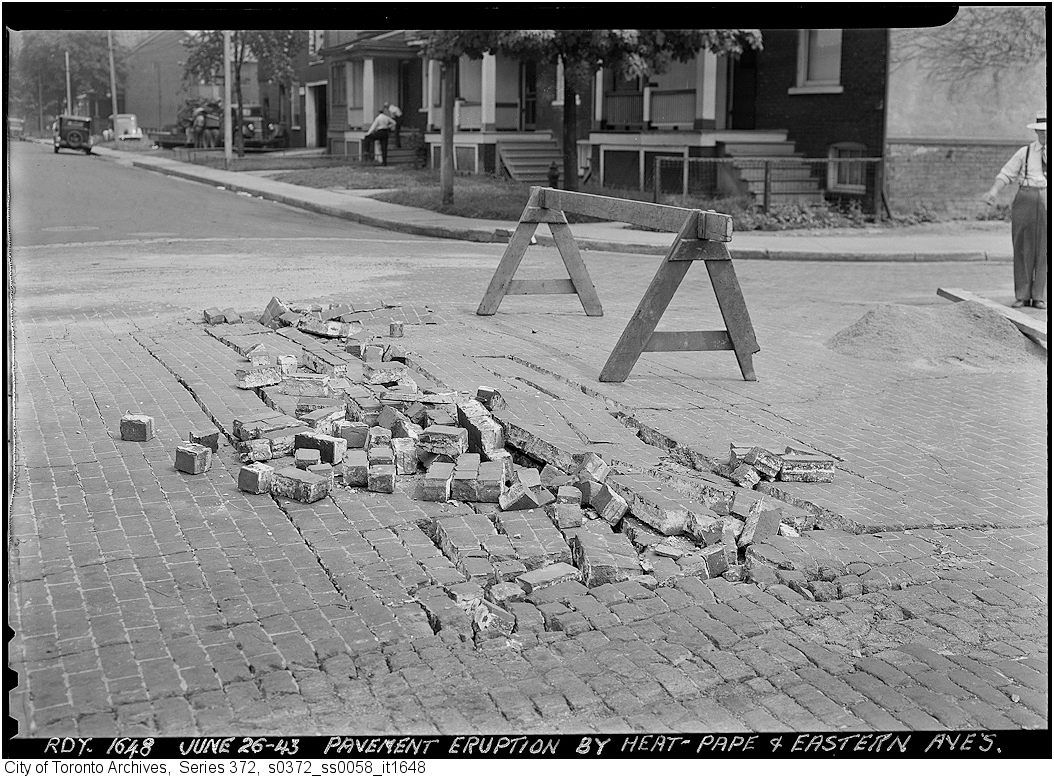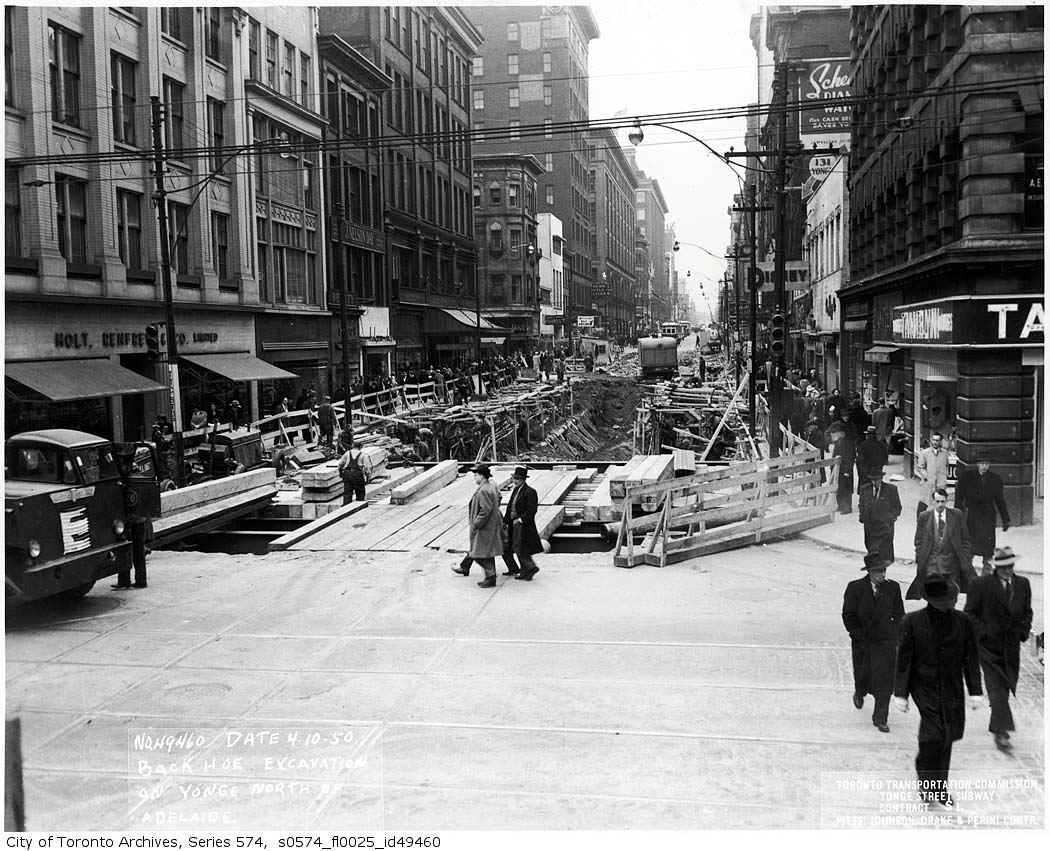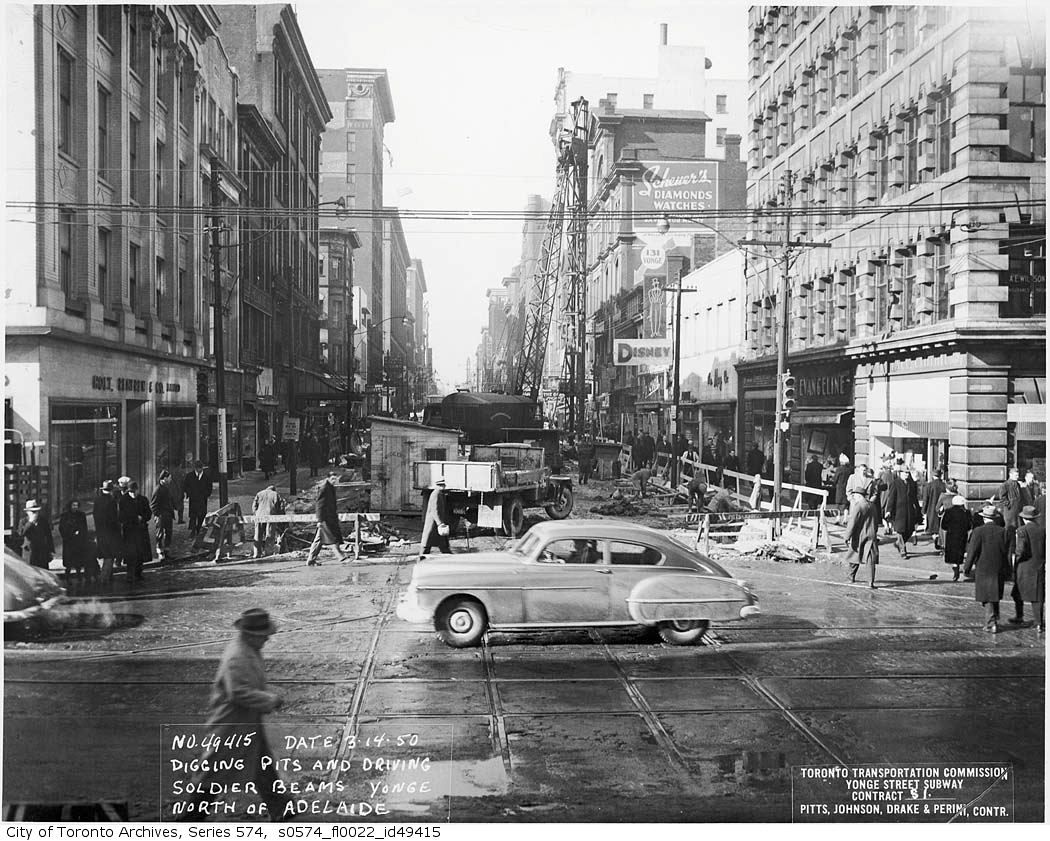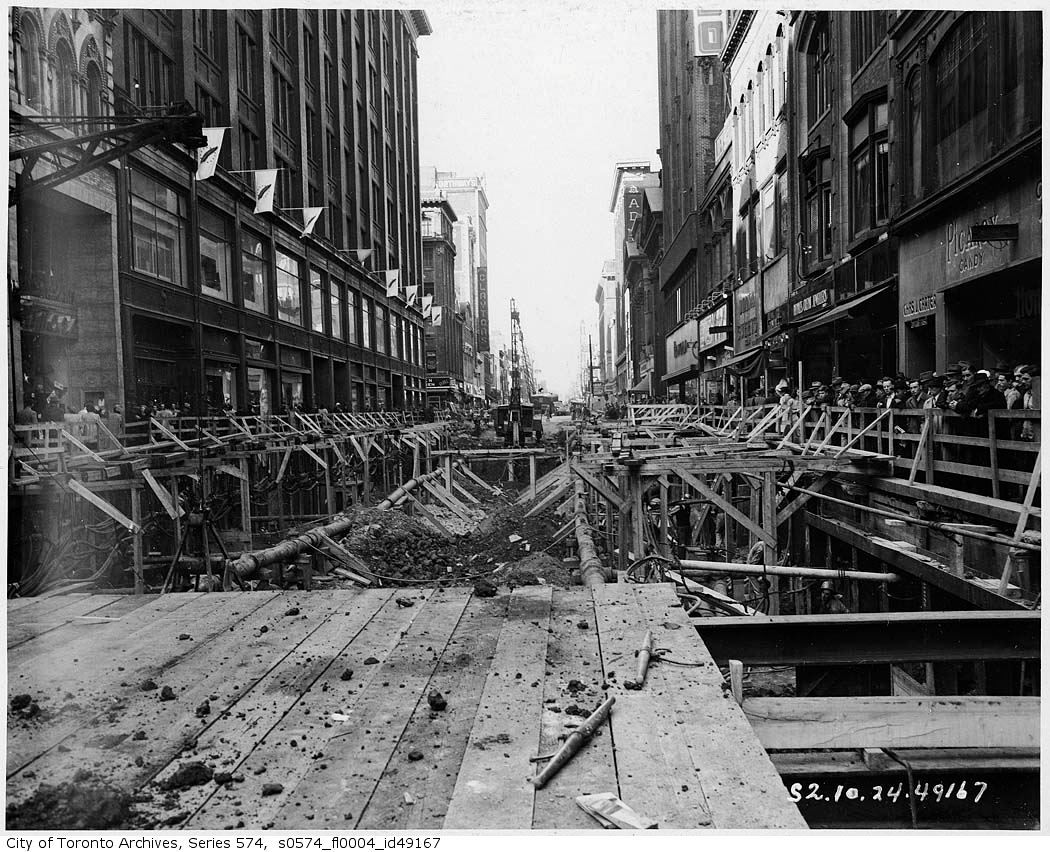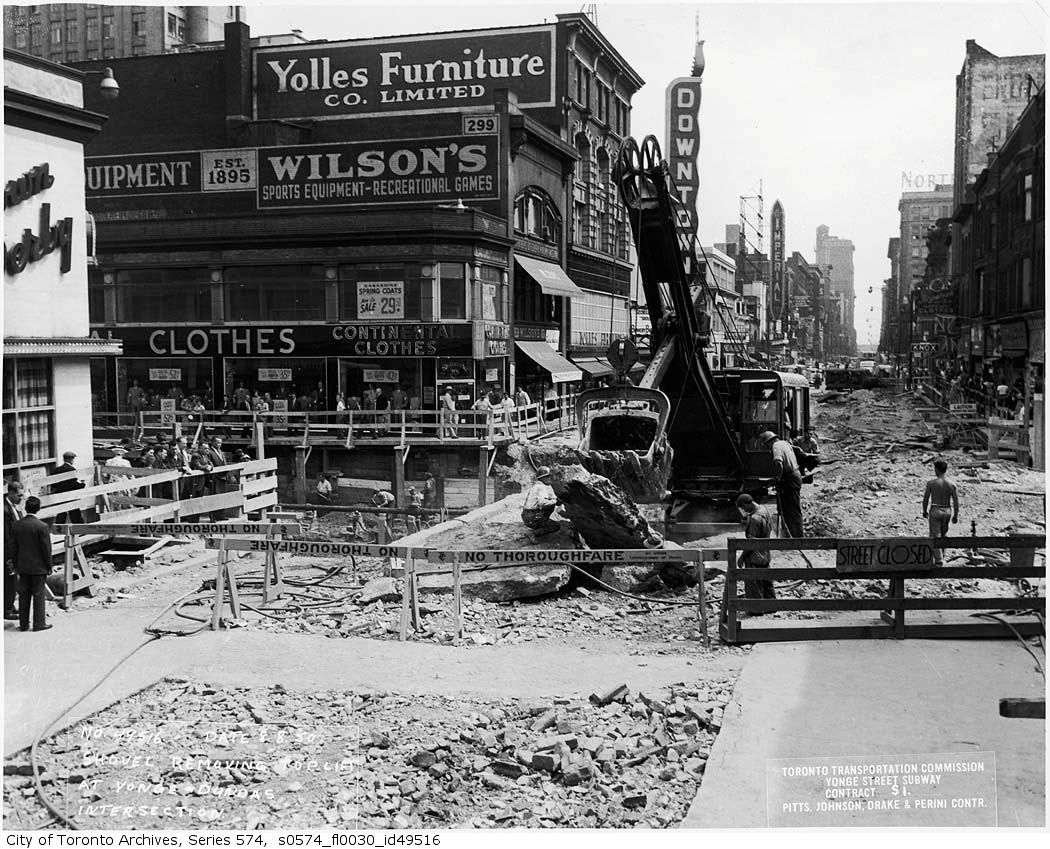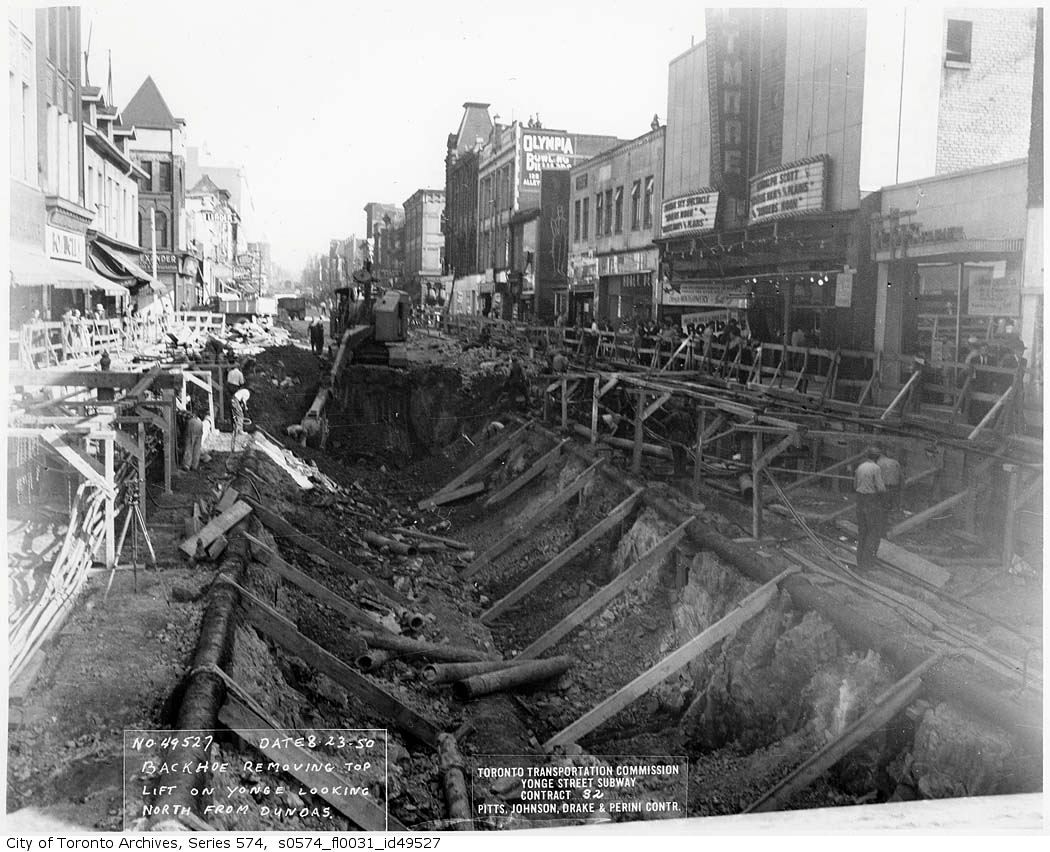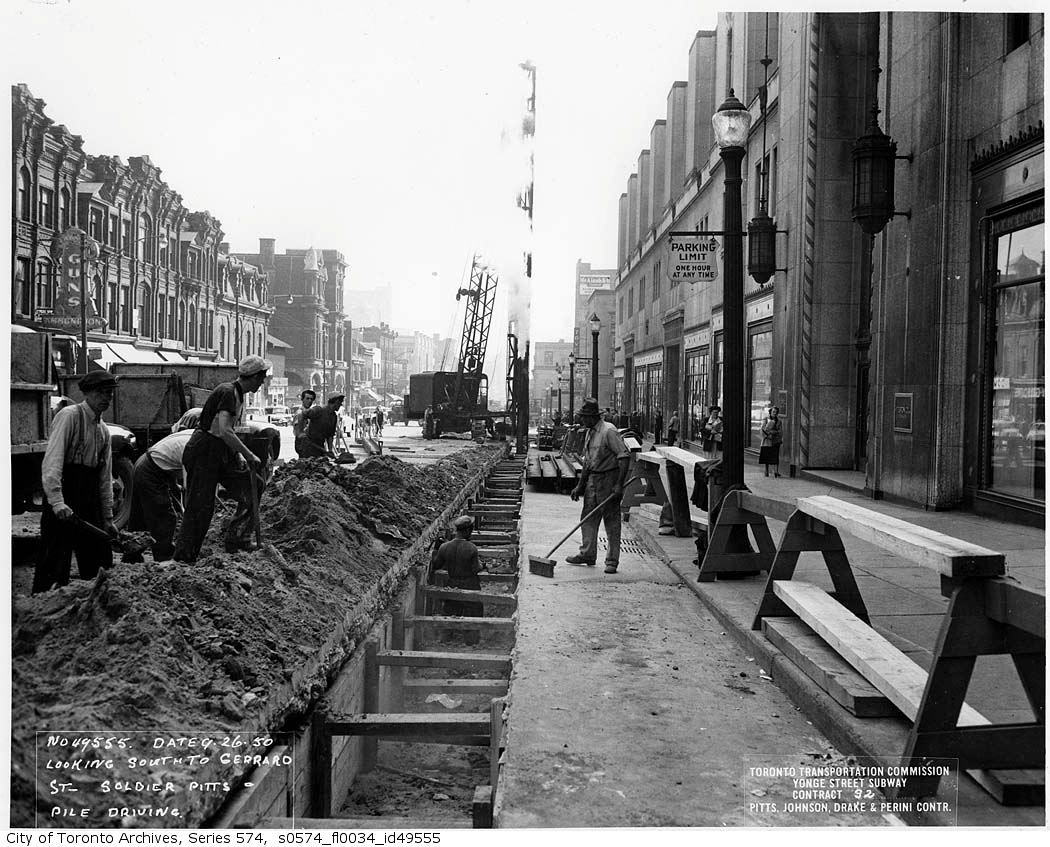Mustapha
Senior Member
I agree about the sad and inexorable degradation of the concept of "semi-public" space. In most residential neighbourhoods this space takes the form of the front garden. Often it is actually city-owned property that residents landscape and plant themselves - the homeowners' property line doesn't usually begin until some distance beyond the sidewalk. In my neighbourhood, over the past few years, there's been a trend towards putting up fences to define what the homeowners ( usually people who've recently moved in ) incorrectly assume is the limit to their property - where the sidewalk begins. Six foot wooden fences are the worst because they block off the semi-public realm completely, but twee "Victorian" cast metal railings are almost as irritating in their own way. Hedges are another form. The results are similar.
My house was kept secure from the public laneway behind our house by a six foot plus board fence until said fence fell down from old age. It was replaced by a row of cedar trees that I planted (much to the admiration of a retired forester neighbour) which will take some time to thicken and provide privacy and security. In the meantime, we have already had a bike stolen. This is offset by the delight of being able to see into the back lane and have strollers stop and admire our garden as well as having off leash dogs come tearing through the sparse young cedars to run in circles on my back lawn thinking they have arrived at the park. It has made me reconnect with a part of city life and I think I will keep the cedars trimmed so I can at least see over them. There is only one other home on our street that has a backyard that is not fenced; another gardener showing off a much nicer setup than mine.
